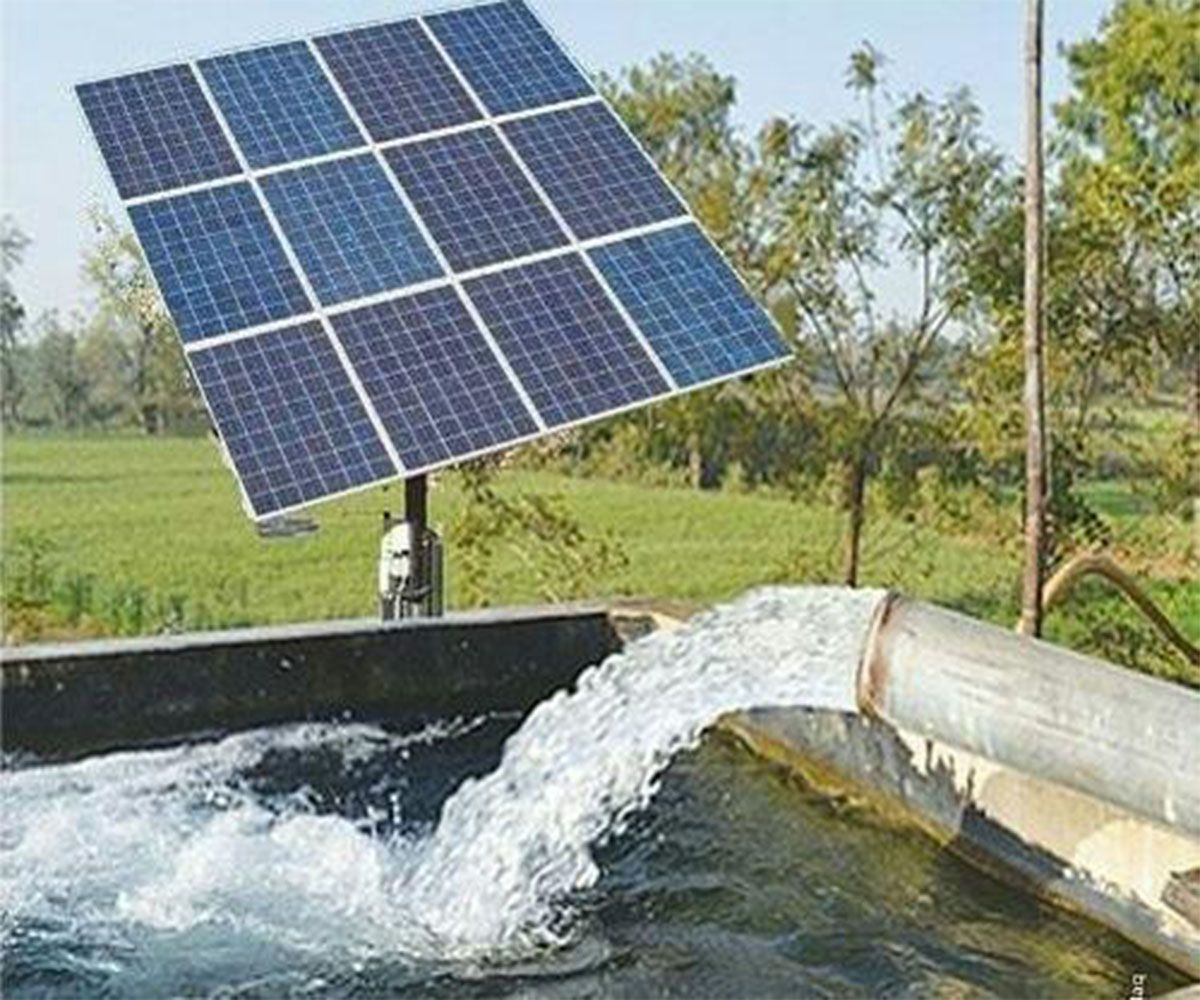Although Earth has a large water surface yet 97% of water is salt water, 2% is frozen and only one per cent of water is available as fresh water for the humans to drink. So numerous researches are carried out to convert the salt water (seawater) to freshwater. Most of the process haven’t produced significant results, however, Water Desalination is a technology which includes several processes that remove salt and other minerals from seawater to produce freshwater and is proven to be successful.
Most experts consider desalination can turn out to be a good option for solving the water crisis. As our global water crisis continues to worsen, we are hearing more and more about the use of desalination as a feasible basis of drinking water. But what is desalination?
Desalination – A Complete Overview
Water desalination plant disperse dissolved salts and other minerals from water. In a nutshell, it is a process of turning salty ocean water into drinking water. It is being used more and more around the world to provide people with needed fresh drinkable water. In many areas when there is a scarcity for fresh water and sea water available in plenty, desalination is used to provide potable water for household, production and farming.
Although it is an expensive affair since it requires lots of energy and the water obtained from water desalination systems costs twice the amount of water from freshwater sources. However, in the desert regions like Qatar, there is no fresh water and people in order to make their living often rely on this kind of technology.
How Does Desalination work?
Desalination processes involve multi-stage flash distillation (a process that distils sea water by flashing a portion of the water into steam in multiple stages using countercurrent heat exchangers). There are three methods of desalination
- The thermal desalination-This process uses energy to evaporate water and then condense it again. It works depending on the availability of energy. When there is an adequate amount of electricity, thermal desalination is regarded as the most viable option
- Electric desalination- It is a process that takes away mineral components from saline water. To achieve desalination, the water desalination companies apply a small electric current to a plastic chip containing microchannel filled with seawater. This chip works by transmitting salts in one direction and desalinated water into another branch.
- Pressure desalination- This process is typically used in reverse osmosis wherein the saline solution is separated from the dissolved salts flowing through the permeable membrane. The pressure range varies between brackish water and seawater depending on the intensity of salt content present in the water.
Desalination has numerous advantages, and some of their significant benefits are: to make water available in those areas that have limited resources of fresh water and often regarded as the alternate source to water.

